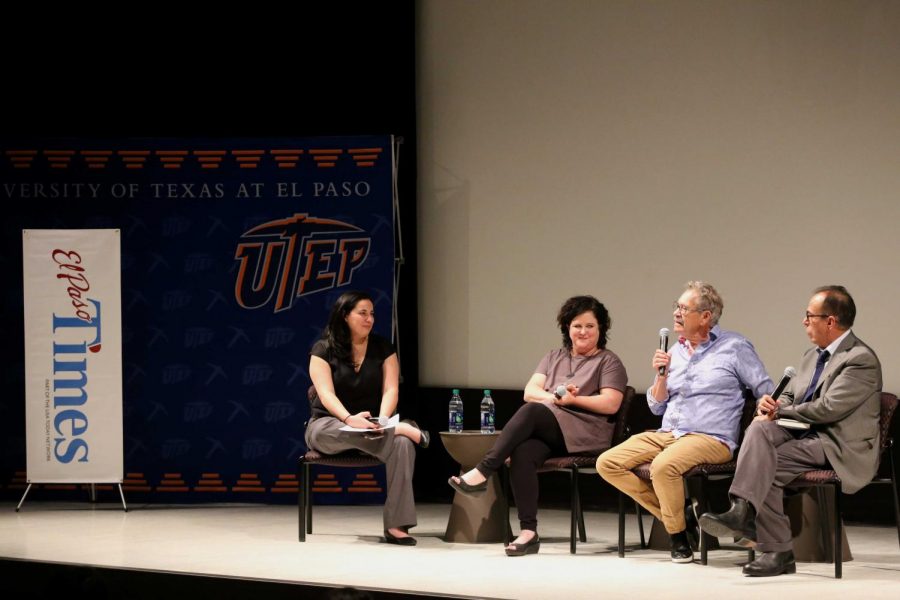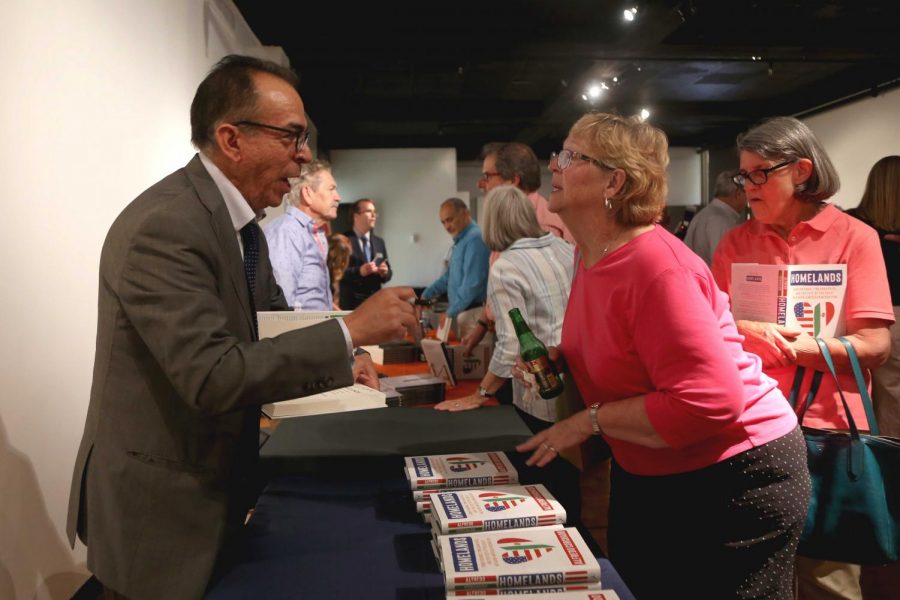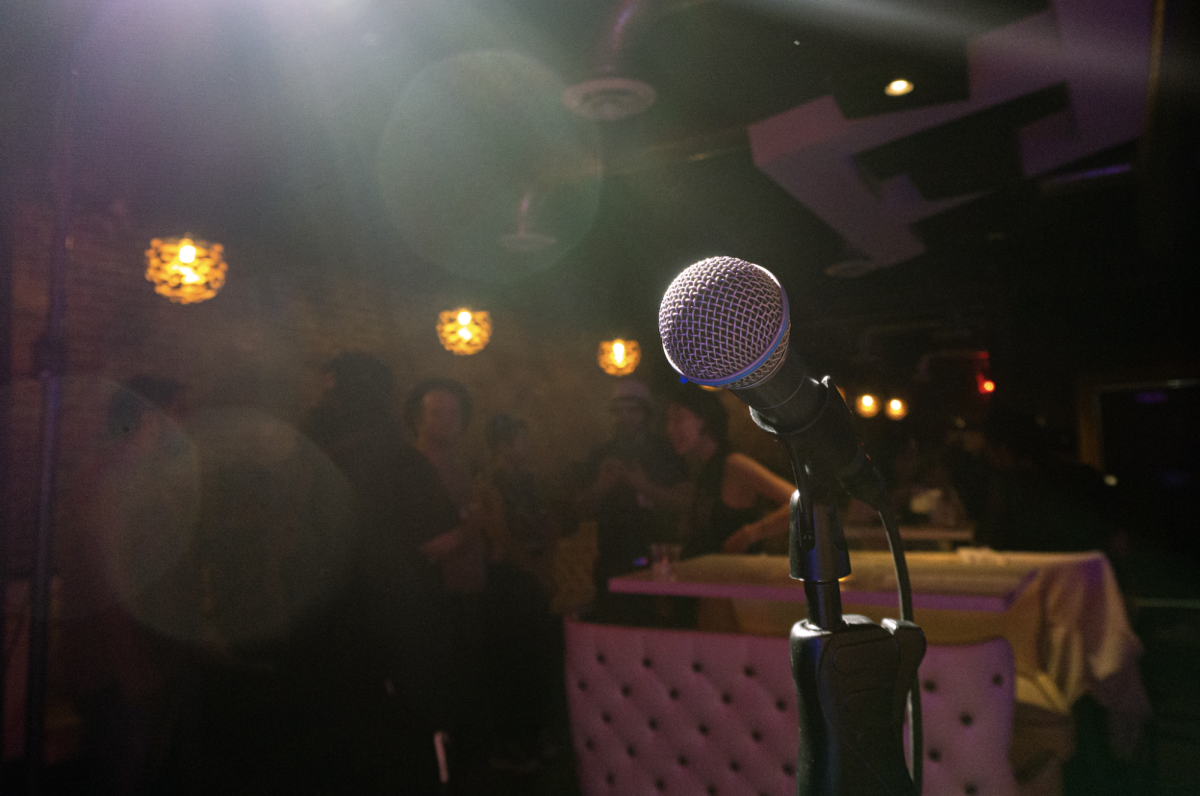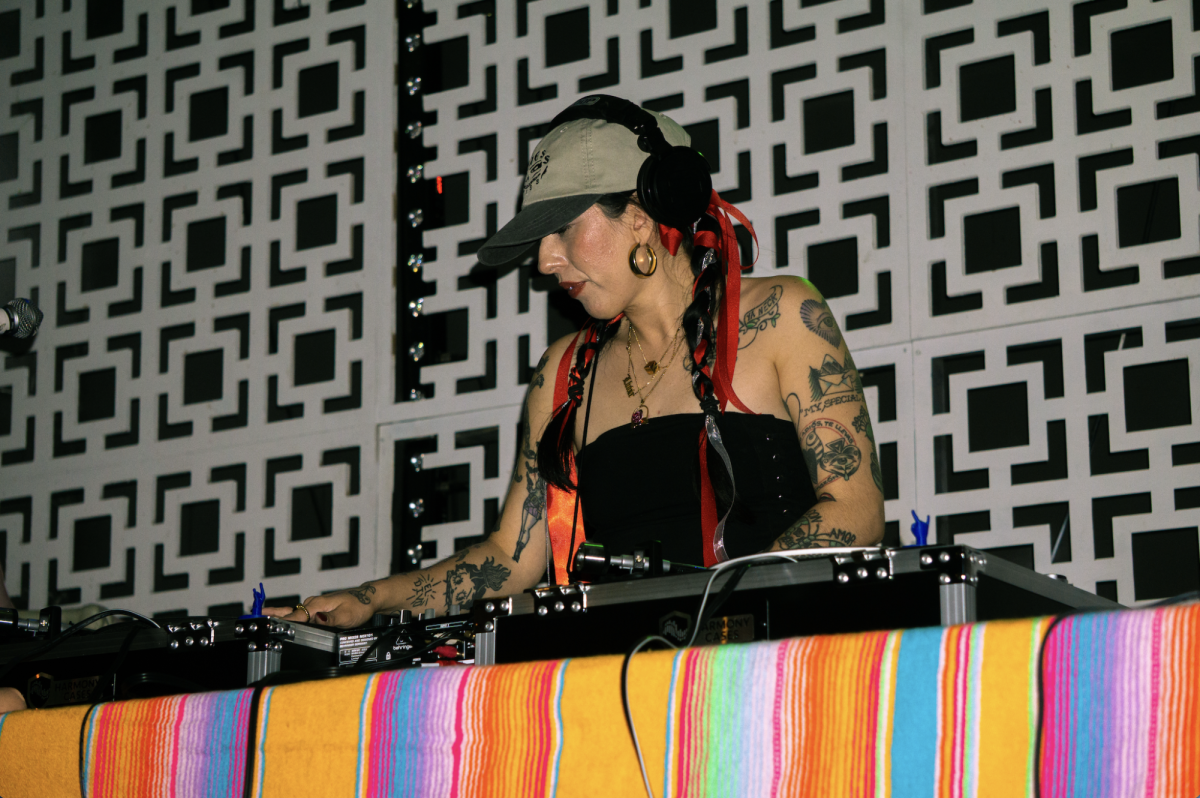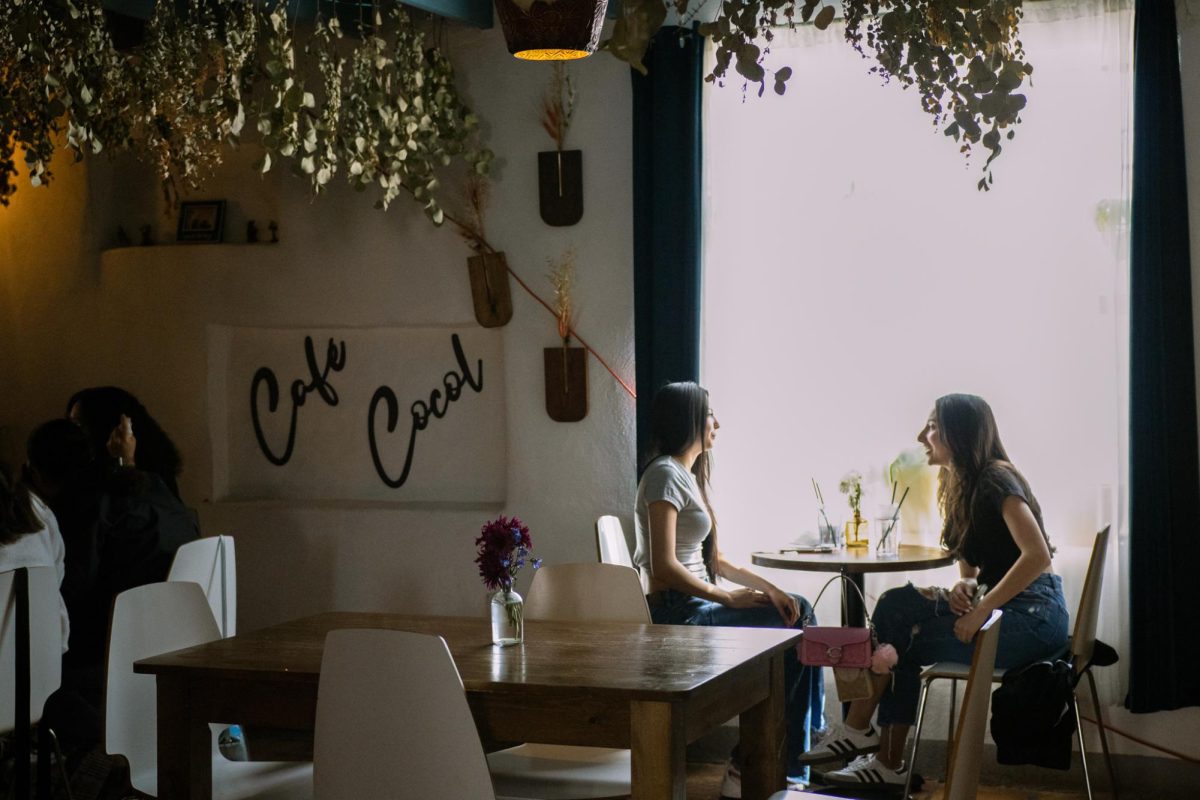American politics have been nothing short of eventful in the last two years. Recent pushes for tougher immigration laws and reinforced border security, along with over two decades of NAFTA and Reagan’s immigration policies, have left the border region with more issues and confusion than anyone who lives along the border would like to admit. Three decorated UTEP graduates discussed these issues at a panel at the Union Cinema on Thursday.
The panel, which is part of an ongoing series examining the relationship between El Paso and Juarez, was presented by El Paso Times Live in partnership with UTEP. The series ventures into the questions facing education, politics, government, and growth in the border region.
One of the main focuses is on how the El Paso-Juarez community can fit into the national discourse on immigration and border security. The four distinguished speakers discussed how local art, literature, and journalism is allowing this community to take back their own narrative.
“We pay too much attention to other people’s perception of us, which is negative because we internalize that and doing so keeps us down,” said Benjamin Alire Saenz, award-winning author and former creative writing professor at UTEP. “El Paso is a place that is a great cultural capital and great artistic place to live, and I don’t think people see it that way.”
Saenz said, despite the stigma facing the contemporary culture in El Paso, much of the art and literature world has opened up to Latinx artwork. He credits El Paso for his wide success as an author and predicts that future artists from the community will have a voice in national discourse of art.
“I wouldn’t have a career without this town, and I wouldn’t have the language I have if it were not for El Paso,” Saenz said. “This city is the one character that is in all my novels. I don’t want to write about any other city. Faulkner had the south and his made-up towns, I have El Paso and it’s a real place with real people,”
Alfredo Corchado, Mexico border correspondent for the Dallas Morning News and author of “Homelands: Four Friends, Two Countries, and the Fate of the Great Mexican-American Migration,” said that one of the biggest challenges of capturing the complexity of the border is giving voice to the incredible people who live and create here.
“One of the greatest gifts I could’ve had as a journalist was to start off in El Paso, and to have been exposed to the most incredible laboratory, which is the border,” Corchado said. “Journalism has acted as a bridge in being able to understand both sides of the border.”
Despite the rich blend of Mexican and American culture found in El Paso, one of the greatest misconceptions that the national audience has about the border is the complexity in which the two cities relate to each other. The panelists discussed the misunderstanding found in the region’s security and economics, citing that those who live on the border have the responsibility of addressing these issues.
“I’m not afraid to paint a horrifying picture of tragedies on the border, because we are both Mexican and American, we live both lives. We’re both optimistic but we also have a tragic vision of life in many ways,” Saenz said. “We understand death and poverty because they’re so close to us, they’re all around us. We don’t deny these realities, and that’s what makes us a beautiful people.”
Those who have not lived in the border region view those who do as unsophisticated, always in danger because of the drug war that rages in Juarez, and as lacking in prosperity because of poverty and an inadequacy of American culture.
Kerry Doyle, director of the Stanlee and Gerald Rubin Center for the Visual Arts, said that in order to shift that narrative those on both sides of the border need to embrace each other more often.
“We live in an enormously diverse and tolerant place and many of us take that for granted,” said Doyle, who is not native to El Paso.
One way in which Doyle has been embracing those of Mexican-American heritage is through her collaborations with artists at The Rubin Center. Doyle believes she has been giving a slice of life known only to those who have lived on both sides of the border.
The panelists believe that the El Paso-Juarez border can be a part of the national discussion by harvesting resources.
“If you tell a story very specifically about one person, it’s amazing how that resonates and mirrors so many other peoples experiences,” Saenz said. “To create art and journalism on the border you have to know it, and if you really know it, it’s going to come through.”
Corchado, who has been covering the border for over 30 years, shared an anecdote about the time when he was hesitant on whether he wanted to leave El Paso to pursue a career in journalism. Corchado’s editor had to persuade him to leave and convince his family that he would be okay.
“He had a vision that someday these issues would be this complicated and this important,” Corchado said. “I didn’t see it then but now I see it.”
Security and poverty continue to be some of the biggest challenges to the border region. The panelists say that much of the damage has been caused by the isolation seen from the El Paso side of the border in some of Juarez’s darkest times.
“For the sake of our own prosperity and for the sake of our future as a region, we have to embrace each other a lot more,” Corchado said.
Because of the shared land, as well as the shared culture, El Paso and Juarez are very dependent on each other. The panelists believe that both sides must work closely together to bridge the gap of poverty. Thus, erasing the stigma of danger and tension between the transnational community.
“We create poverty with our systems. We create systems where people are poor, and we can change that,” Saenz said.
The border region seems to have an endless list of grievances as a result of aged policies and current political rhetoric, but there is no shortage of culture, respect, and love for those who live along the border.
“What I always take away from El Paso is the sense of tolerance and the spirit of renewal,” Corchado said. “There’s always the sense of starting over again, of a new beginning,”

